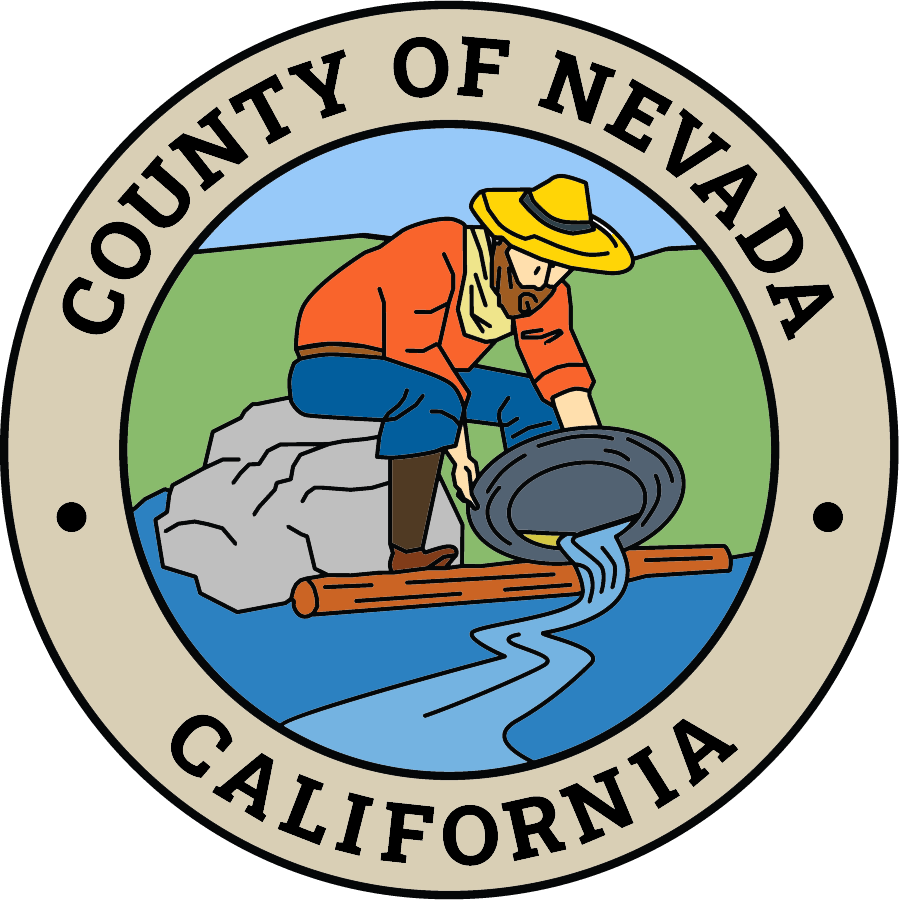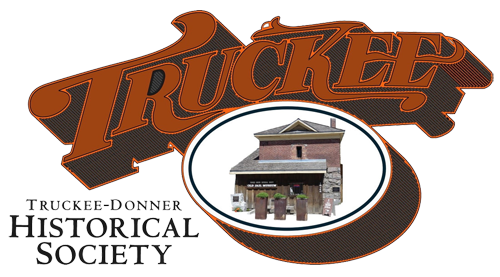Enter a name, company, place or keywords to search across this item. Then click "Search" (or hit Enter).
Volume 064-1 - January 2010 (6 pages)
Copy the Page Text to the Clipboard
Show the Page Image
Show the Image Page Text
More Information About this Image
Get a Citation for Page or Image - Copy to the Clipboard
Go to the Previous Page (or Left Arrow key)
Go to the Next Page (or Right Arrow key)
Page: of 6

NCHS Bulletin January 2010
URING THE 1800S HAND-CARVED
wooden blocks provided the least
expensive technology for printing illustrations in books, magazines and newspapers. Although one person could
Three illustrations by
Charles C. Nahl, one
of California’s most
prolific artists.
brother Arthur, like several generations of
their forbears, were accomplished artists, and
like other unsuccessful argonauts they quickly
fell back on their earlier skills. In Sacramento
draw the picture and carve the wood, it
was more usual for two persons to cooperate to produce the finished product—
an artist to create the original illustration
Gold Rush Art and
Wood Engraving
by David A. Comstock
the brothers found work as artists and
woodcarvers. Today their work (especially that of Charles) is the most recognizable of that era, largely because
so many of their original drawings and
(sometimes by drawing directly upon the
wood block) and a trained craftsperson
who could transfer the image and carve away what was to
remain white and and leave untouched those areas or lines
meant to show on the printed page.
One of California’s most famous painters is Charles
Christian Nahl, who came to America from Germany in
1849 with his mother and siblings, and to Nevada City in
1851, hoping to mine for gold. Finding it too expensive at
that place they soon moved to Rough and Ready, where
they purchased a salted mine that did poorly. Nahl and his
\
b
m
hac}
Pa
=
—
=
=
=
=
=
—.
=;
—}
—.
=
——
=
Map of the burned areas in the Nevada City fire in May
1858, engraved by an amateur, John Pattison. The earliest
example of a locally produced newspaper illustration.
paintings were translated into woodcuts
that were printed and distributed by the
hundreds of thousands in lettersheets, advertisements, and
illustrations for books like those of Alonzo “Old Block”
Delano of Grass Valley, a banker and best-selling author.
Another popular artist of the day was William Keith,
whose drawing of the Pine Street suspension bridge over
Deer Creek (and the water-powered mill beside it) was
made into a woodblock to advertise William Stiles’ quartz
mill and cabinet factory at Nevada City, owned in partnership with Daniel A. Rich.
= ; Niue
This woodcut of the Pine Street bridge at Nevada City
was produced in San Francisco by artist William Keith.



